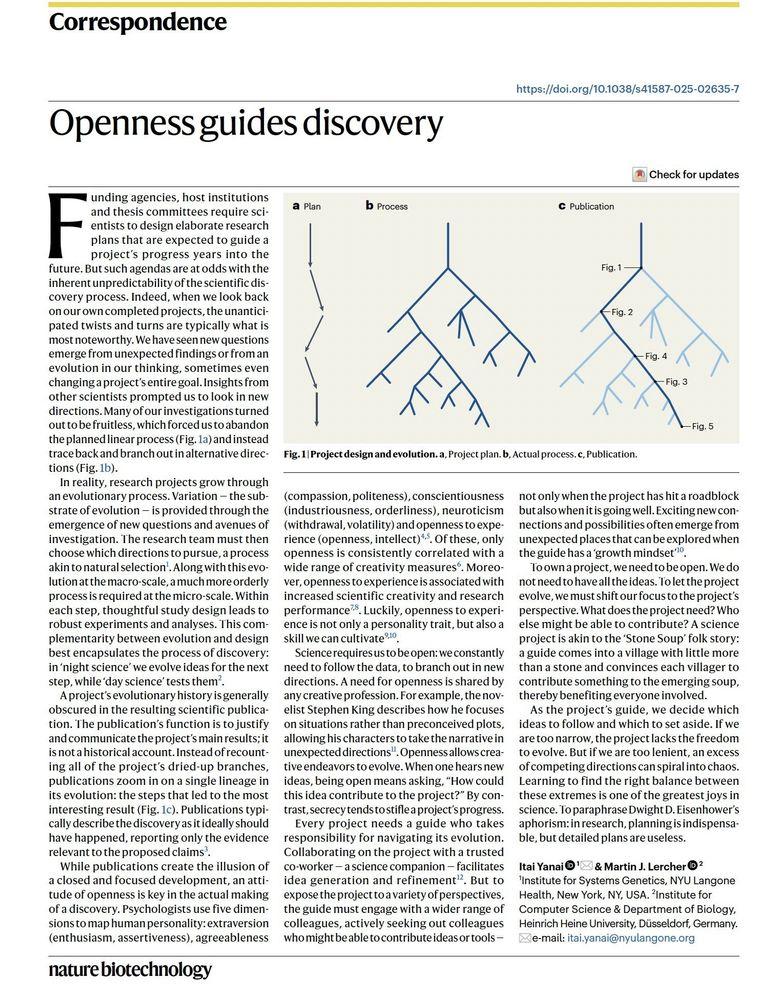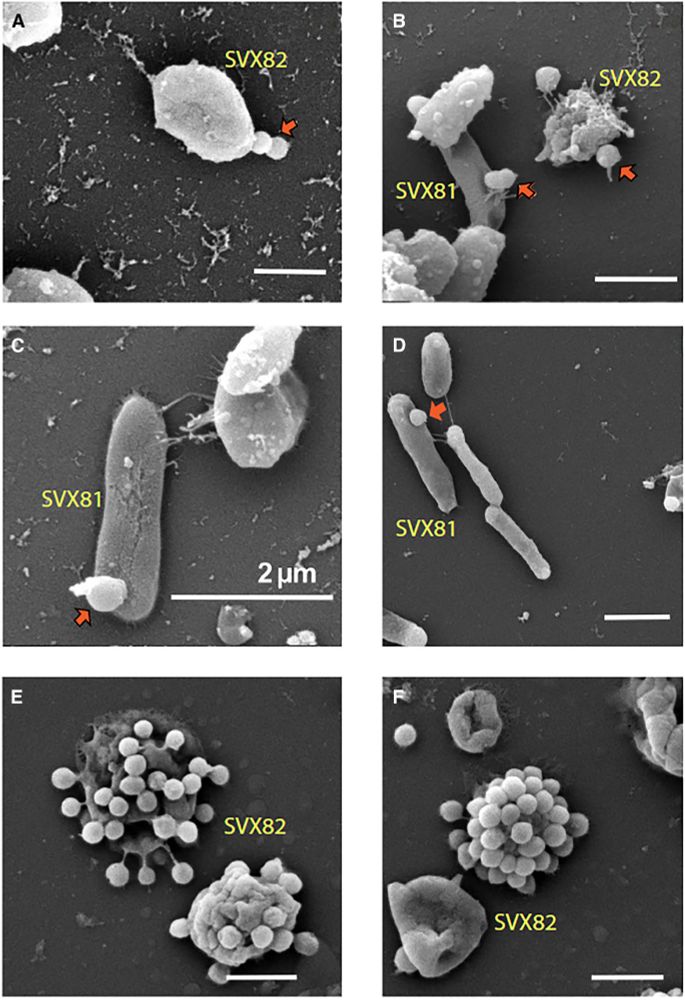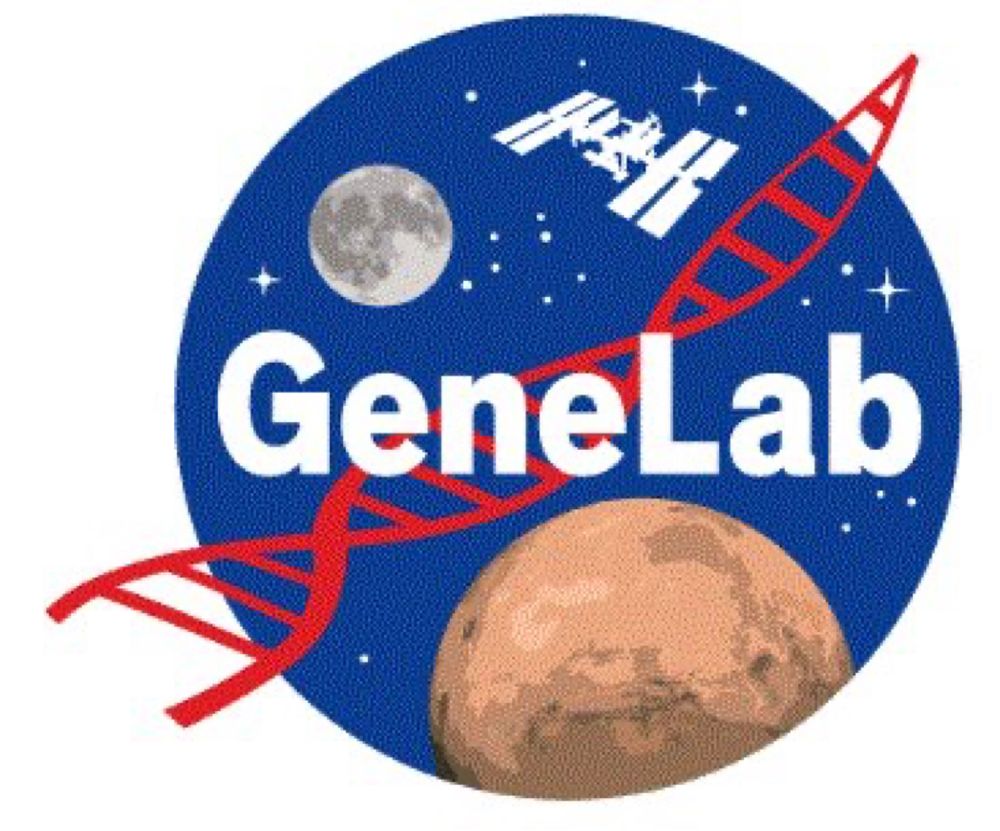

Well, we did (don’t judge) and the work that followed is now out as a First Release in @science.org
www.science.org/doi/10.1126/...

Well, we did (don’t judge) and the work that followed is now out as a First Release in @science.org
www.science.org/doi/10.1126/...
Congrats Kambara-san—so happy to see the work getting recognized!
journals.asm.org/doi/10.1128/...

Congrats Kambara-san—so happy to see the work getting recognized!
journals.asm.org/doi/10.1128/...
Key discoveries (using isolated cultures from the research cruise Mirai MR10-01 — personally, this is super exciting🔥):
www.nature.com/articles/s41...

Key discoveries (using isolated cultures from the research cruise Mirai MR10-01 — personally, this is super exciting🔥):
www.nature.com/articles/s41...
The GlobDB is a database of "species dereplicated" microbial genomes, and as of release 226 contains twice the number of species-representative genomes (306,260) than the latest GTDB release.
The GlobDB is a database of "species dereplicated" microbial genomes, and as of release 226 contains twice the number of species-representative genomes (306,260) than the latest GTDB release.
“In research, planning is indispensable, but detailed plans are useless”
www.nature.com/articles/s41...

“In research, planning is indispensable, but detailed plans are useless”
Cyanobacteria developed phycobilisomes to absorb green light 2.4B yrs ago, as iron-rich Archaean oceans filtered sunlight. Phycoerythrobilin gave them a competitive edge, fueling oxygenation/biodiversity. Green light adaptation may mark life on exoplanets
🧪⚒️

Cyanobacteria developed phycobilisomes to absorb green light 2.4B yrs ago, as iron-rich Archaean oceans filtered sunlight. Phycoerythrobilin gave them a competitive edge, fueling oxygenation/biodiversity. Green light adaptation may mark life on exoplanets
🧪⚒️

(Most credit to Minh Bui and @roblanfear.bsky.social and their labs)
ecoevorxiv.org/repository/v...
(Most credit to Minh Bui and @roblanfear.bsky.social and their labs)
ecoevorxiv.org/repository/v...
@cellpress.bsky.social
#microbiology #extreme #science
www.cell.com/iscience/ful...

@cellpress.bsky.social
#microbiology #extreme #science
www.cell.com/iscience/ful...
We investigate how well you can call variants directly from genome assemblies compared to traditional read-based variant calling.
Read it here: www.biorxiv.org/content/10.1...
Data & code: github.com/rrwick/Are-r...
(1/8)

We investigate how well you can call variants directly from genome assemblies compared to traditional read-based variant calling.
Read it here: www.biorxiv.org/content/10.1...
Data & code: github.com/rrwick/Are-r...
(1/8)
www.biorxiv.org/content/10.1...

www.biorxiv.org/content/10.1...



Congratulations, Kuroda-san, Narihiro-san, and Nobu (@masarunobu.bsky.social)!
www.microbiologyresearch.org/content/jour...

Congratulations, Kuroda-san, Narihiro-san, and Nobu (@masarunobu.bsky.social)!
www.microbiologyresearch.org/content/jour...
www.nature.com/articles/s41...

www.nature.com/articles/s41...
“GeneLab is seeking a #Bioinformatics #ProgramDeveloper to drive research with #omics data from space biology experiments. Develop workflows and analyze data critical to human space exploration.
🔗 Apply now: tinyurl.com/8psb8uwn “

“GeneLab is seeking a #Bioinformatics #ProgramDeveloper to drive research with #omics data from space biology experiments. Develop workflows and analyze data critical to human space exploration.
🔗 Apply now: tinyurl.com/8psb8uwn “
📄 biorxiv.org/content/10.1...
💾 mmseqs.com and 🐍Bioconda 🖥️🧬🧶

📄 biorxiv.org/content/10.1...
💾 mmseqs.com and 🐍Bioconda 🖥️🧬🧶
Full announcement at github.com/iqtree/piqtr...

Full announcement at github.com/iqtree/piqtr...

